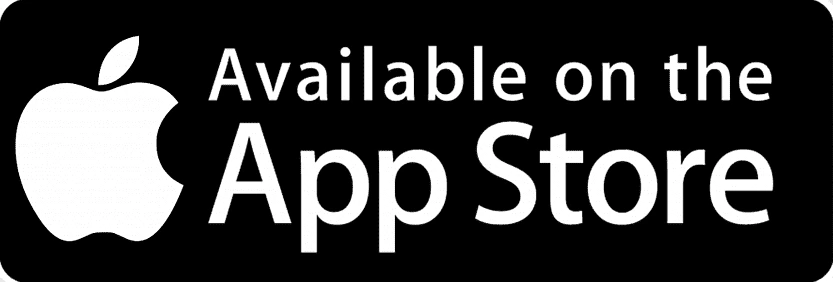Q.9 What is Quantum Technology? What initiatives have been taken by the Government of India for its development?
Quantum Technology leverages the principles of quantum mechanics—such as superposition, entanglement, and quantum tunneling—to perform computations, enhance security, and improve sensing and imaging at levels that classical technology cannot match. This technology promises breakthroughs in computing, cryptography, healthcare, and defense, positioning it as a game-changer for countries seeking technological supremacy.
Read Full Answer »
January 4, 2025
Q.10 What is the goal of Net Zero Emissions ? What steps should India take for Zero emissions by 2050?
Net Zero Emissions aims to balance the amount of greenhouse gases (GHGs) emitted with the amount removed from the atmosphere, achieving a neutral impact on global warming. This goal is crucial for limiting global temperature rise to 1.5°C above pre-industrial levels, as per the Paris Agreement. By achieving net zero,
Read Full Answer »
January 4, 2025
Q.11 Delineate the possible advantages of getting access to Chittagong Port of Bangladesh from the perspective of the economic development of North-East.
Gaining access to Chittagong Port in Bangladesh presents a transformative opportunity for the economic development of North-East India. This strategic port access can enhance trade, connectivity, and regional integration for the landlocked North-East, facilitating growth across multiple sectors. 1. Enhanced Trade and Reduced Transportation Costs 2. Boost to Local Industries
Read Full Answer »
January 6, 2025
Q.12 Discuss the implications of the recent discovery of 5.9 million ton stash of lithium reserves located within the region of Jammu and Kashmir.
The recent discovery of 5.9 million tons of lithium reserves in Jammu and Kashmir’s Salal-Haimana area marks a transformative moment for India’s energy and technology sectors. As a critical mineral for electric vehicle (EV) batteries, renewable energy storage, and electronic devices, lithium is essential for India’s transition to clean energy
Read Full Answer »
January 6, 2025
13. What is gender-responsive Disaster Risk Reduction? What are the barriers that prevent gender mainstreaming in Disaster Risk Reduction? Give some examples of overcoming these barriers.
Gender-Responsive Disaster Risk Reduction (DRR) is an approach that actively integrates gender perspectives into disaster management processes to ensure equitable outcomes for all groups, particularly focusing on women, men, girls, and boys. Recognizing that different genders face unique vulnerabilities and possess distinct capacities during disasters, gender-responsive DRR aims to address
Read Full Answer »
January 6, 2025
Q.14 Highlight the key uses of Aadhar in the daily lives of Indian citizens.
Introduced in 2009, Aadhaar has become the backbone of identity verification in India, with over 1.3 billion Indians enrolled. Designed as a unique 12-digit identification number, Aadhaar is used to streamline access to subsidies, financial services, healthcare, and digital resources, ensuring efficiency and transparency across sectors. It has revolutionized service
Read Full Answer »
January 6, 2025










